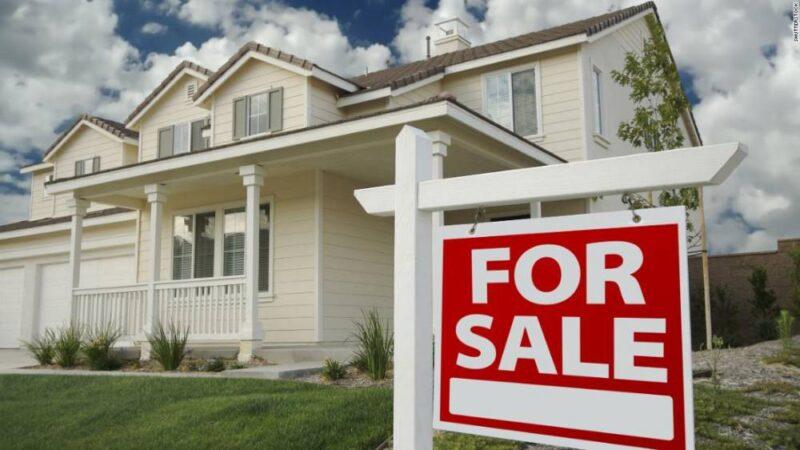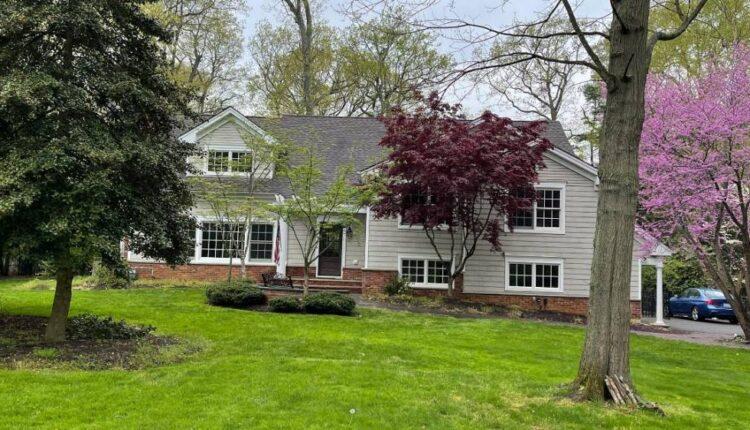The beginning of 2021 has seen home prices continue to climb to new record-breaking heights, with prices rising in almost every major metro area.
While that has boosted value for many homeowners, it has made buying a home ridiculously hard for buyers.More from Success
Photo cutouts and feel-good signs. How these small businesses found a pandemic lifeline
Nervous about socializing in the office again? Here’s how to break the ice
The US tax code can make things even harder for Black Americans
In 99% of metro areas tracked by the he National Association of Realtors, prices in the first quarter of 2021 increased over the same period last year, according to a NAR report. Nationally, the median sale price for existing homes climbed 16% from the first quarter of 2020 to $319,200, both record highs since NAR began tracking city data quarterly in 1989.
“Significant price increases throughout the country simply illustrate strong demand and record-low housing supply,” said Lawrence Yun, NAR’s chief economist. “The record-high home prices are happening across nearly all markets, big and small, even in those metros that have long been considered off-the-radar in prior years for many home seekers.”
Nearly 90% of metro areas saw double-digit percentage price increases over last year. By comparison, only 25% of areas saw such growth in the first quarter of 2020, when housing inventory was at a healthier level and better matched the pace of monthly demand.Read More

Desperate buyers are going to extremes to land a homeThe areas with the biggest price gains aren’t necessarily the most expensive places to buy. But they are areas where demand is pushing home prices higher, faster. In addition, the sale of larger, more expensive homes can skew the median price higher, especially in smaller areas, NAR said.Vacation destinations, like Atlantic City and Barnstable, Massachusetts, on Cape Cod, appeared to be popular based on price growth, along with more affordable small towns within driving distance of major cities, like Elmira and Kingston in New York, according to NAR. Kingston saw the biggest jump, with prices rising 36% from a year ago. Some suburban and mid-sized towns, like Bridgeport, Stamford and Norwalk, Connecticut; Sherman and Denison Texas, and Youngstown, Ohio, also saw big price increases, as well as hot cities like Austin, Texas, and Boise, Idaho.Decatur, Illinois, was one of the biggest gainers, with prices climbing 28%. But despite its big gain, prices in Decatur were still the lowest of any of the 183 metro areas NAR tracked, rising from a median price of $80,300 a year ago to $102,400.”The sudden price appreciation is impacting affordability, especially among first-time home buyers,” said Yun. “With low inventory already impacting the market, added skyrocketing costs have left many families facing the reality of being priced out entirely.”Even though mortgage rates are historically low, the average national monthly mortgage payment rose to $1,067 in the first quarter thanks to soaring home prices, up from $995 one year ago, according to the report.

How much house can I afford? Nationally, a family typically needed an income of $51,216 to pay a 30-year fixed-rate mortgage with a 20% down payment, which was about $3,450 more than a family needed last year. But for 68% of the areas in the report, a family needed an income of less than $50,000 to afford a home.On the other hand, there were eight metro areas where a family needed to earn more than $100,000 to afford a home.The most expensive area in the country continued to be San Jose, California, with a median home sale price of $1.5 million. This was followed by San Francisco at $1.2 million; Anaheim, California, at $1 million; Honolulu at $940,400; San Diego at $763,500; Boulder, Colorado, at $726,600; Los Angeles at $682,400; Seattle at $653,400; Naples, Florida, at $599,500 and Long Island in New York at $598,600.
Those markets all saw double-digit price growth from a year ago.”These higher home prices underscore the importance of stepping up housing supply,” Yun said. “An increase of inventory would combat the affordability problem.”
Source: edition.cnn.com

